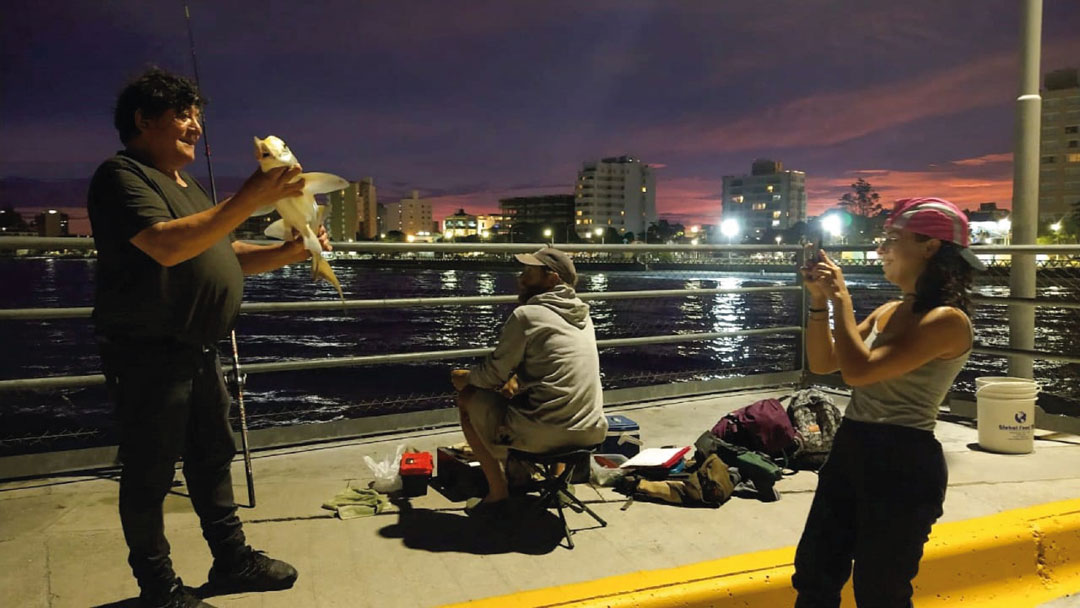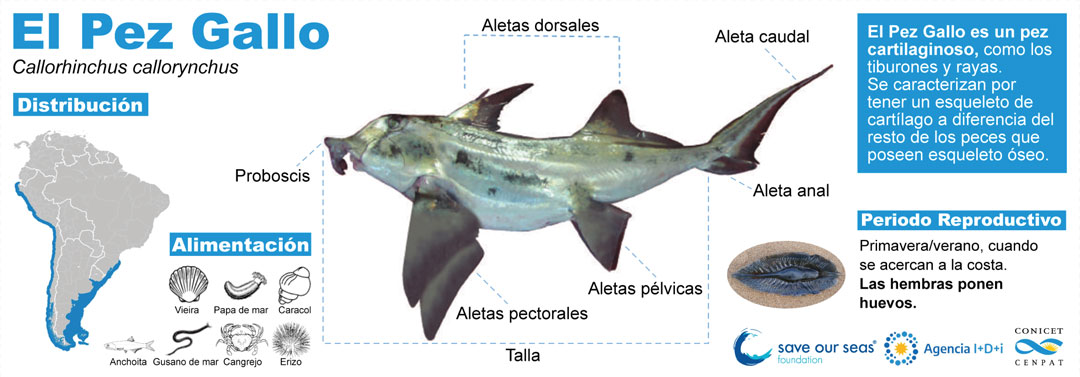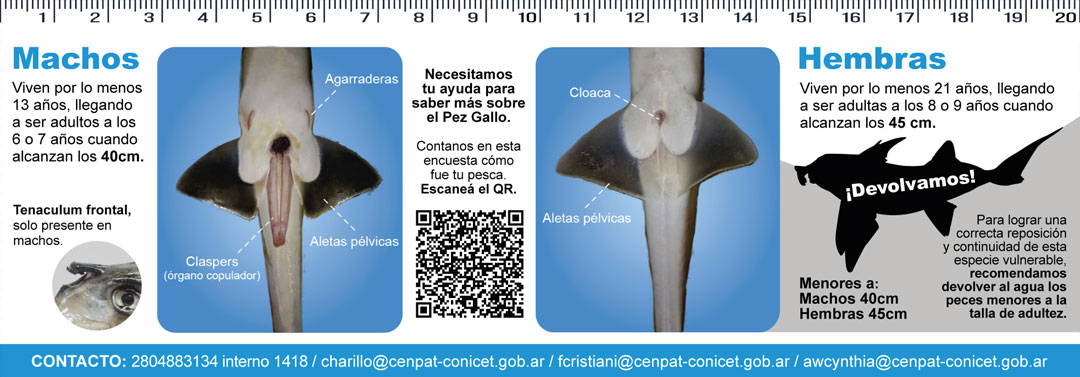Anglers and scientists for the same goal
American elephant fish (AEF) represents an important resource for recreational and artisanal fisheries all along the Argentine coast. During the spring/summer season, the species approaches the shoreline to breed in shallow and calm waters.
Our project will assess potential physiological alterations in the reproductive health of AEF due to anthropic pollution. Part of our work is to bring attention to the recreational and artisanal fishing community in Argentina on the conservation status of the AEF and the importance of fishing to release practices.
As part of our fieldwork to obtain samples, we spend many hours rod and reel fishing from the shoreline. This gives us a great opportunity to share our time with the recreational and artisanal fishing community. We consider that this interaction between scientists and anglers is very important to achieve conservation measures.

Night fishing at the pier with anglers. Photo © Valentina Meyer
In the last year, we have identified a significant lack of information within the fishing community about the biology of the species and its importance. In conversation with anglers, we were asked about the general characteristics of chondrichthyans as well as moving patterns and habitat use of the AEF in the region. In this context, we elaborated a citizen science tool to engage the community and work together to gather information that will improve our knowledge of the population dynamics and movement patterns of the AEF.
The tool consists of a small flyer (that can fit in a fishing box) containing basic biology and ecology information, such as differences between AEF sexes and size at maturity, to encourage the release of immature individuals back into the water. On the back side of the flyer, there is a QR code leading to an online questionary to get information on the AEF numbers and sizes, as well as spatial-temporal information about the captures. Angles are also asked if they consume AEF and if they have returned any individuals back to the water. To publicize the project, we organized workshops with the fishing community, attended radio interviews, and posted on several social media platforms.


Flyer distributed to anglers. Dimensions: 20cm x 5cm, adequate to fit in fishing boxes
Citizen science has proven to be an important discipline for education and data collection. As part of our project, we interact greatly with the recreational and artisanal fishing community, who collaborates with us by offering the fish they caught to be processed. As scientists, we believe it is indispensable to engage the community. There is no conservation without community involvement.
